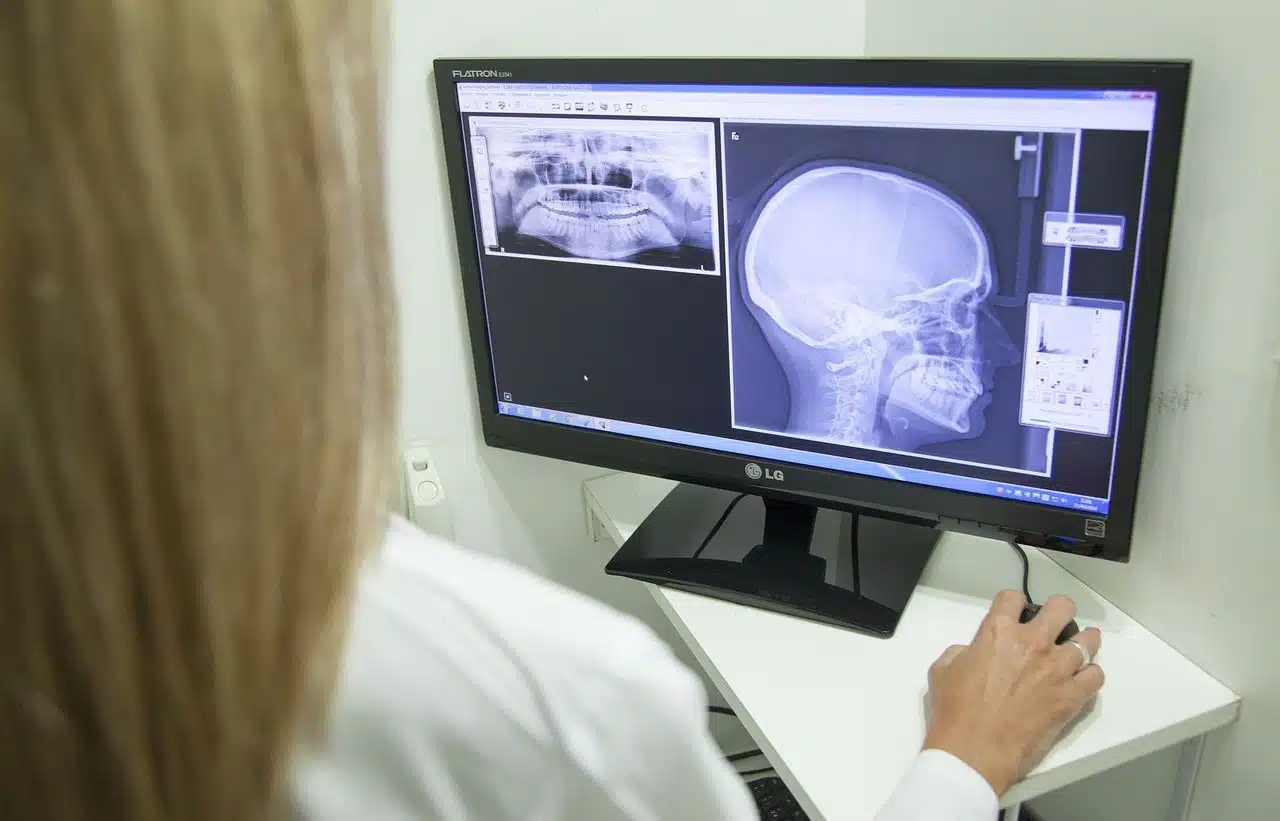
Bone resorption involves the loss of bone tissue.
Resorption is the action and result of reabsorbing . This verb , which comes from the Latin word resorbēre , refers to that or that which returns to receive a liquid that previously left its structure.
For medicine , resorption consists of the absorption , either partial or total, of a pathological or normal product that is collected through the lymphatic or blood flow .
bone resorption
Bone resorption is the procedure that causes the blood to collect the bone tissue that is eliminated by cells called osteoclasts .
These cells adhere to bone tissue and destroy it as they demineralize it. The removed tissue , in this way, passes into the blood . Bone resorption, in short, is a problem for the body since it weakens the bones.
Lack of physical activity and disorders such as arthritis can cause bone resorption. It should be noted that, while osteoclasts destroy bone tissue, osteoblasts help to rebuild it. This means that, when bone resorption occurs, the destruction generated by osteoclasts is greater than the regeneration driven by osteoblasts.
The alveolar bone
One of the places where the result of bone resorption can most easily be observed is the face, more specifically the jaw area. When a person loses their teeth, whether due to an accident or due to natural causes, the bone that keeps them attached to the jaw, which is called the alveolar bone , begins a process of resorption, since it cannot continue to perform its function.
The alveolar bone is different from others in the human skeleton, mainly due to its ability to undergo modifications such as the one set out in the previous paragraph. In addition to tooth loss, resorption in this case can occur due to any of the following causes: trauma ; mucosal erosion; the body's own aging; osteoporosis ; periodontal disease, gingivitis or periodontitis.

Dairy consumption helps prevent bone resorption.
Implants to prevent bone resorption
In the absence of teeth, the fastest and safest way to prevent bone resorption is the application of implants . While some people prefer to opt for bridges and removable dentures, it is important to note that this requires the removal of two or more teeth, and dentures still need to be replaced on a regular basis; As if this were not enough, they do not prevent the resorption process from advancing.
The implant, then, seems to be the most effective method, since it includes the replacement of the root, with the added advantage of preventing the natural teeth from moving.
The passage of time can be crucial in a case of alveolar bone resorption. Throughout the first 3 years, approximately, after the loss of teeth, the loss of thickness and height can reach 60% , after which the rate decreases considerably, reaching 1% per year.
If the implants are not placed soon, modern medicine offers the possibility of performing bone grafts , to compensate for the decrease that the alveolar bone has suffered in volume. However, when the distance between the loss of teeth and the implant is considerable, the procedure can become very complex, since wear not only causes a difference in height but also in depth (the jaw seems to shrink at the top and length). , giving the sensation that the chin is retracted).
The importance of calcium
Beyond diseases or exercise , the bone resorption process is also linked to the level of calcium in the body.
When the calcium level is reduced, the secretion of a hormone is stimulated, which, in turn, promotes the development and action of osteoclasts, which release the calcium present in the bone tissue through resorption. That is why consuming foods rich in calcium, such as milk, cheese and nuts, is healthy for your bones.
